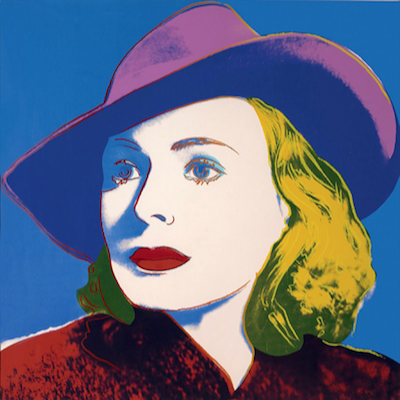
Details
Artist
Styles
// I'm dreaming of a black Christmas by Richard Hamilton, created in 1971, is a screen print that presents an intriguing take on pop culture and celebrity iconography. The artwork features a man in a suit and fedora, with a contemplative expression, possibly drawing on the imagery of mid-century movie stars. The title, a twist on the well-known song White Christmas, adds an ironic, perhaps darker tone to the image. Hamilton, a pioneering figure in Pop Art, often critiqued consumerism and media through recontextualized images of familiar figures and scenes. Here, the use of layered colors and soft focus gives the piece a cinematic quality, evoking nostalgia while encouraging a reflection on the commercialization of holidays and icons. This limited edition print measures 75 x 100 cm, underscoring Hamilton’s skill in blending social commentary with visual appeal.
I'm dreaming of a black Christmas, 1971
form
Medium
Size
75 x 100 cm
- Inches
- Centimeters
Edition
Price
Details
Artist
Styles
// I'm dreaming of a black Christmas by Richard Hamilton, created in 1971, is a screen print that presents an intriguing take on pop culture and celebrity iconography. The artwork features a man in a suit and fedora, with a contemplative expression, possibly drawing on the imagery of mid-century movie stars. The title, a twist on the well-known song White Christmas, adds an ironic, perhaps darker tone to the image. Hamilton, a pioneering figure in Pop Art, often critiqued consumerism and media through recontextualized images of familiar figures and scenes. Here, the use of layered colors and soft focus gives the piece a cinematic quality, evoking nostalgia while encouraging a reflection on the commercialization of holidays and icons. This limited edition print measures 75 x 100 cm, underscoring Hamilton’s skill in blending social commentary with visual appeal.
- Recently Added
- Price (low-high )
- Price (high-low )
- Year (low-high )
- Year (high-low )
What is pop-art?
Pop Art is an art movement that began in Britain in 1955 and in the late 1950s in the U.S. It challenged traditional fine arts by incorporating imagery from popular culture, such as news, advertising, and comic books. Pop Art often isolates and recontextualizes materials, combining them with unrelated elements. The movement is more about the attitudes and ideas that inspired it than the specific art itself. Pop Art is seen as a reaction against the dominant ideas of Abstract Expressionism, bringing everyday consumer culture into the realm of fine art.















